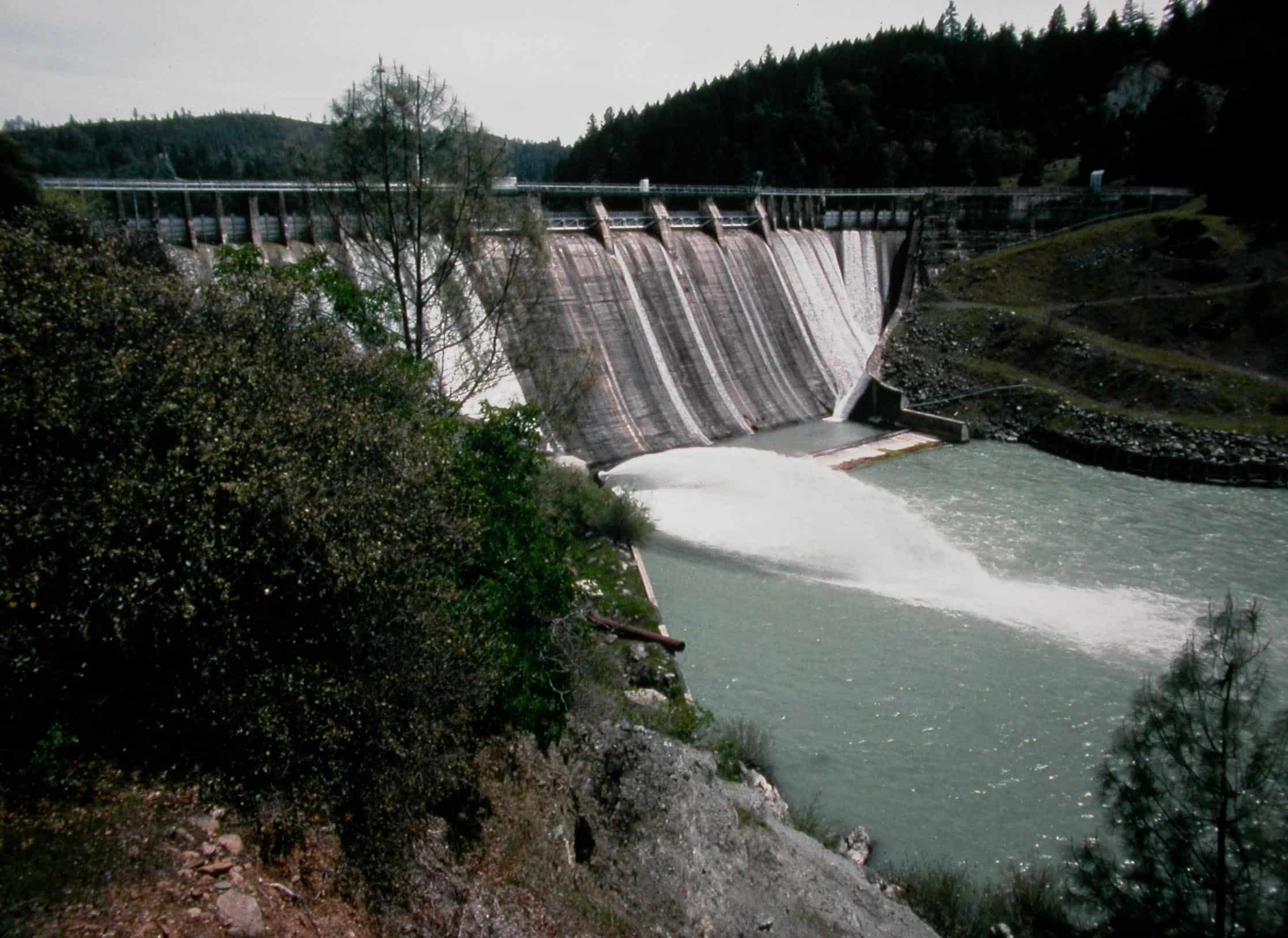
The Background
There are many rules that PG&E must comply with in managing the Potter Valley Project. One of those is a set of rules outlining how much water can be diverted to the Russian River, both under their contract with the Potter Valley Irrigation District, and to help Sonoma Water provide for both their customers and for instream flows. These rules also determine how much water must be released downstream to the Eel River. The rules vary depending on the water year type; a very dry year has far more restrictions than a very wet year.
This year, as has been the case nearly every year for the past decade, PG&E was unable to meet the license mandated flows from the project. A number of factors limit how much water PG&E has available at the project. This includes the current precipitation conditions and how much water has accumulated in the reservoir, a reduction in reservoir capacity to mitigate for seismic vulnerability, an effort to maintain a pool of cold water at the bottom of the reservoir for downstream fish, and the necessity to keep at least 12,000 acre feet in the reservoir to avoid a mass wasting event where the sediment surrounding the only water outlet on Scott Dam collapses.
When PG&E anticipates that they will be unable to meet the license mandated flows, they ask for permission from the Federal Energy Regulatory Commission (FERC) to deviate from those flows, a process called a variance. Sometimes FERC approves the variance quickly and it works out well, other years FERC waits until late in the summer, which means warmer water temperatures and a sudden steep reduction in diversions to the Russian River. This year, unfortunately, FERC waited nearly the entire summer before responding to PG&E’s variance request.
The Consequences
The result of waiting so long to approve the variance is that the temperature of water released from Scott Dam has been nearly lethal for steelhead since June, and PG&E is concerned that diversions to the Russian River may have to remain as low as possible before the fall rains arrive. But that’s not all – if significant rain doesn’t come soon enough, the utility said they may have to reduce flows in the Eel River below what is required by law. This would only be done to prevent sediment surrounding the singular water outlet from collapsing and blocking it. If this water outlet becomes clogged, no water can be released from Scott Dam unless the reservoir is completely full.
Our Letter
Friends of the Eel River submitted a letter to FERC on September 24th emphasizing that PG&E should exhaust all other options to modify and reduce diversions into the Russian River before considering reducing flows in the Eel River. We also emphasize that this current situation was created by FERC failing to approve the variance in a timely manner. Had FERC approved the variance earlier in the year, PG&E would have been able to keep water temperatures below dangerous levels for native fish and retained enough water to ensure the safety and integrity of Scott Dam.
